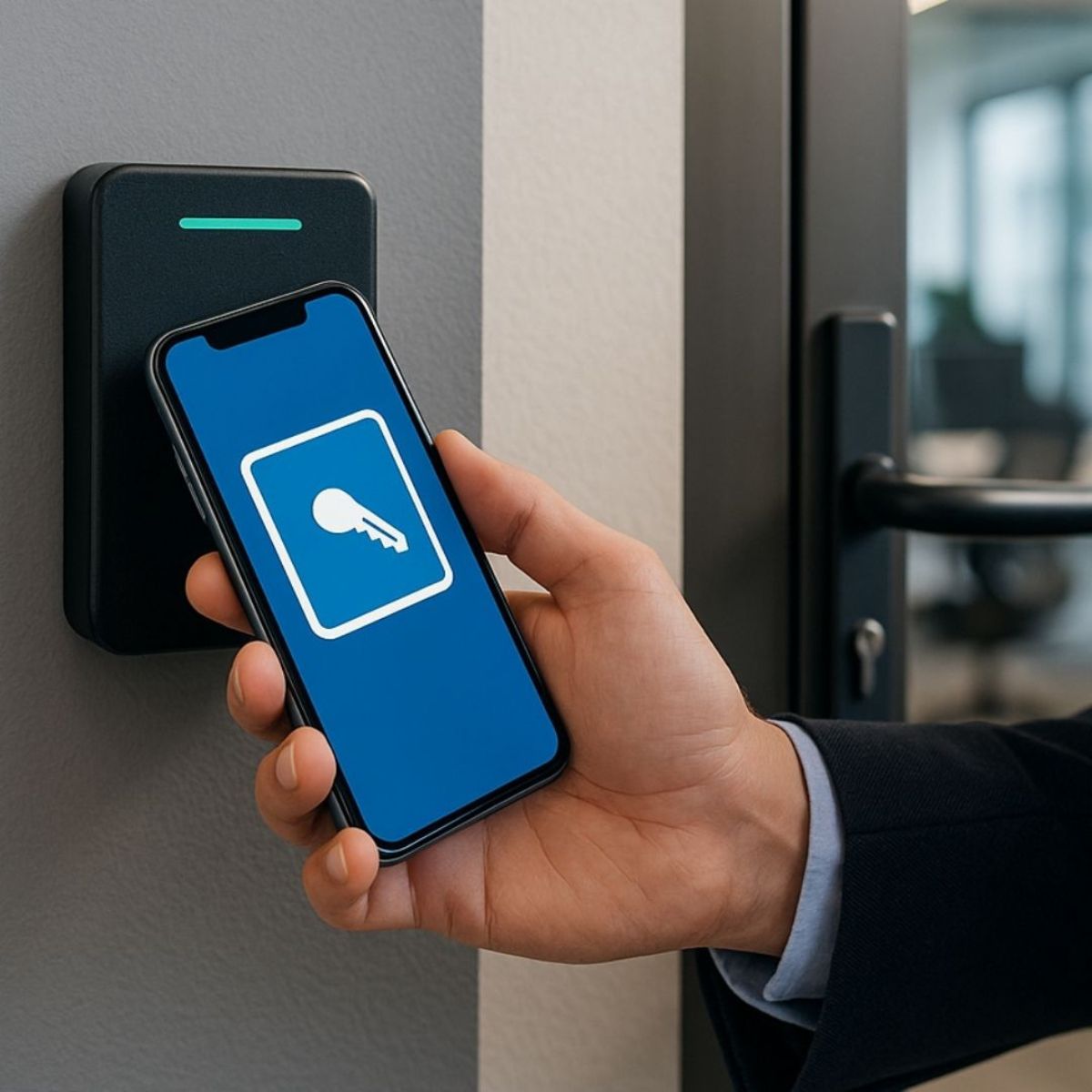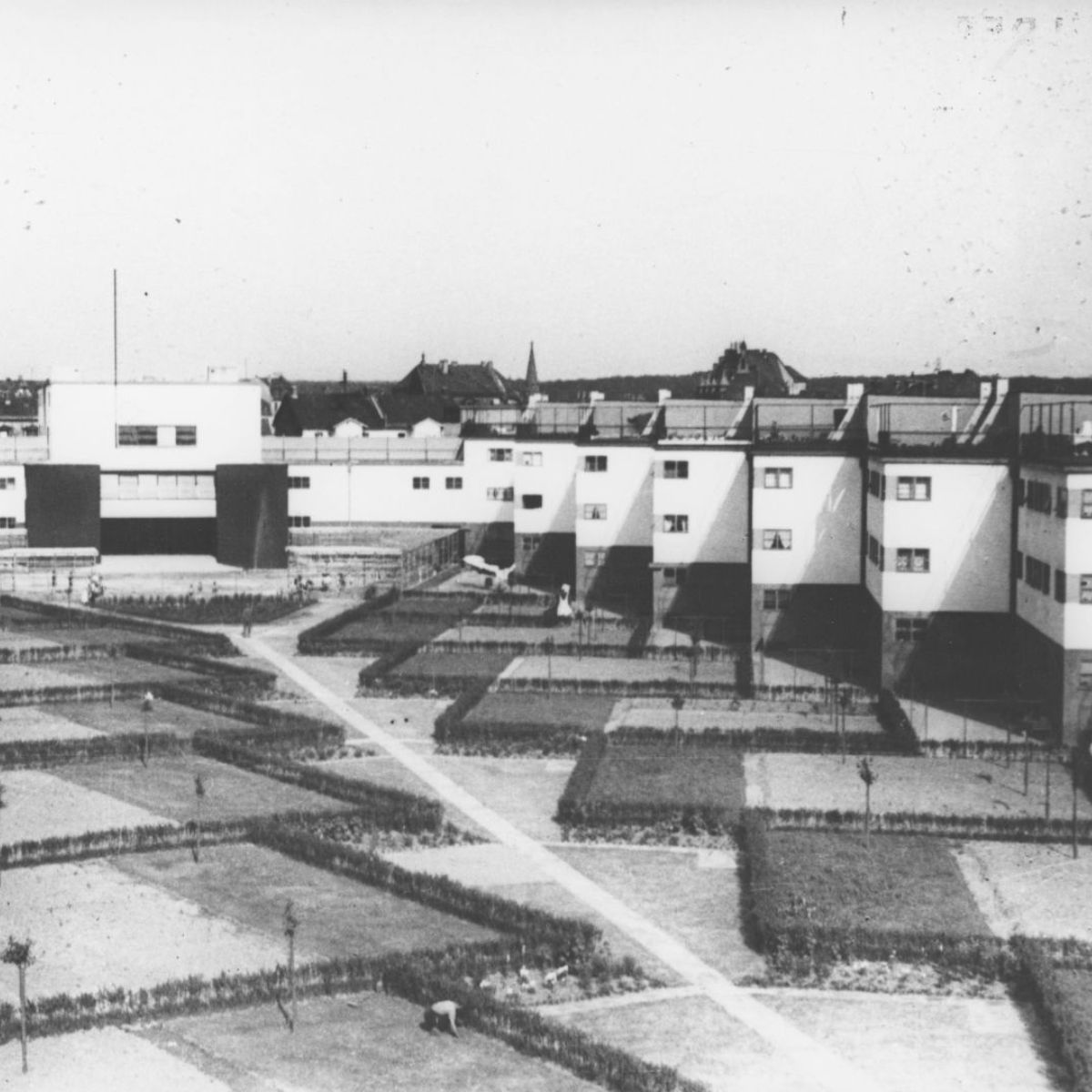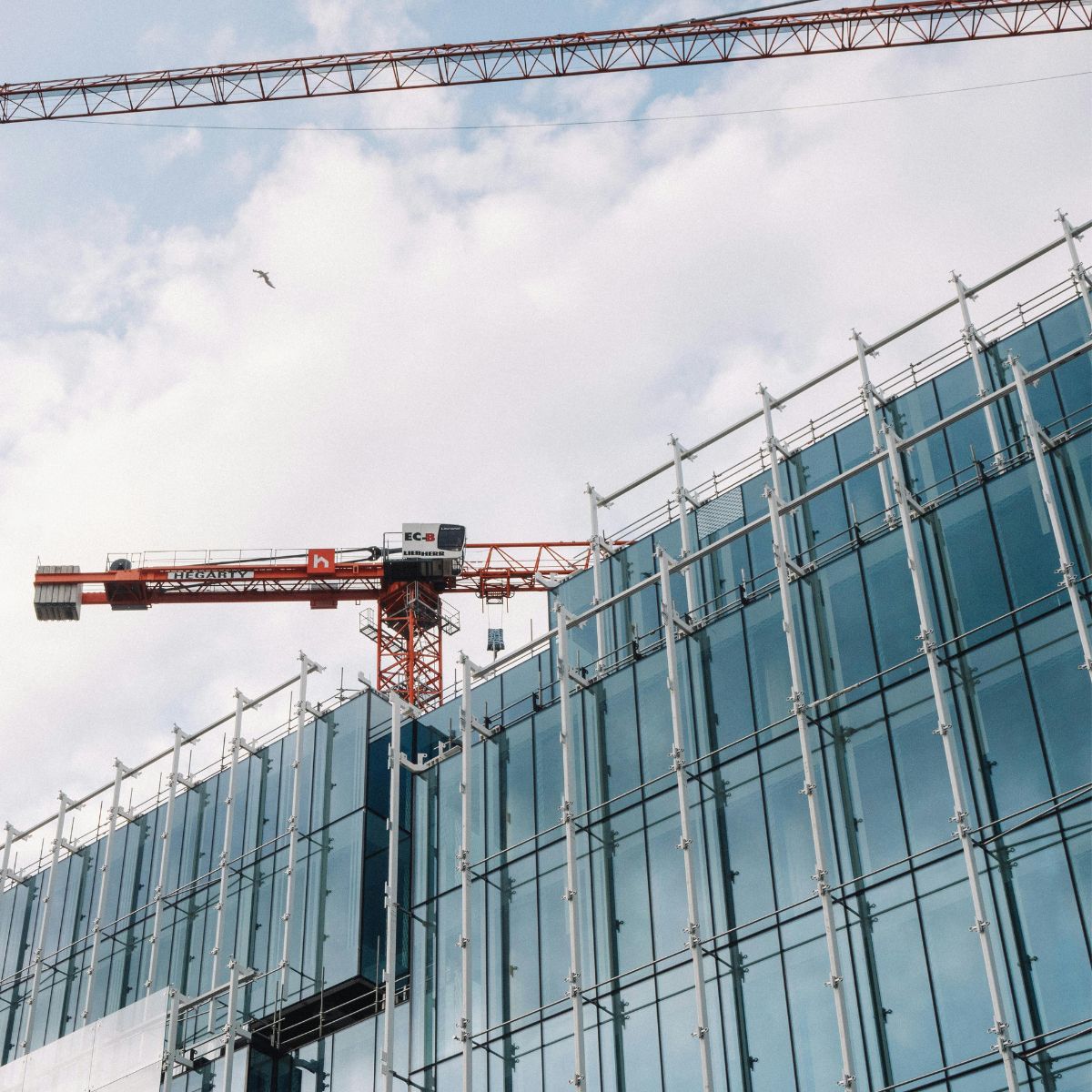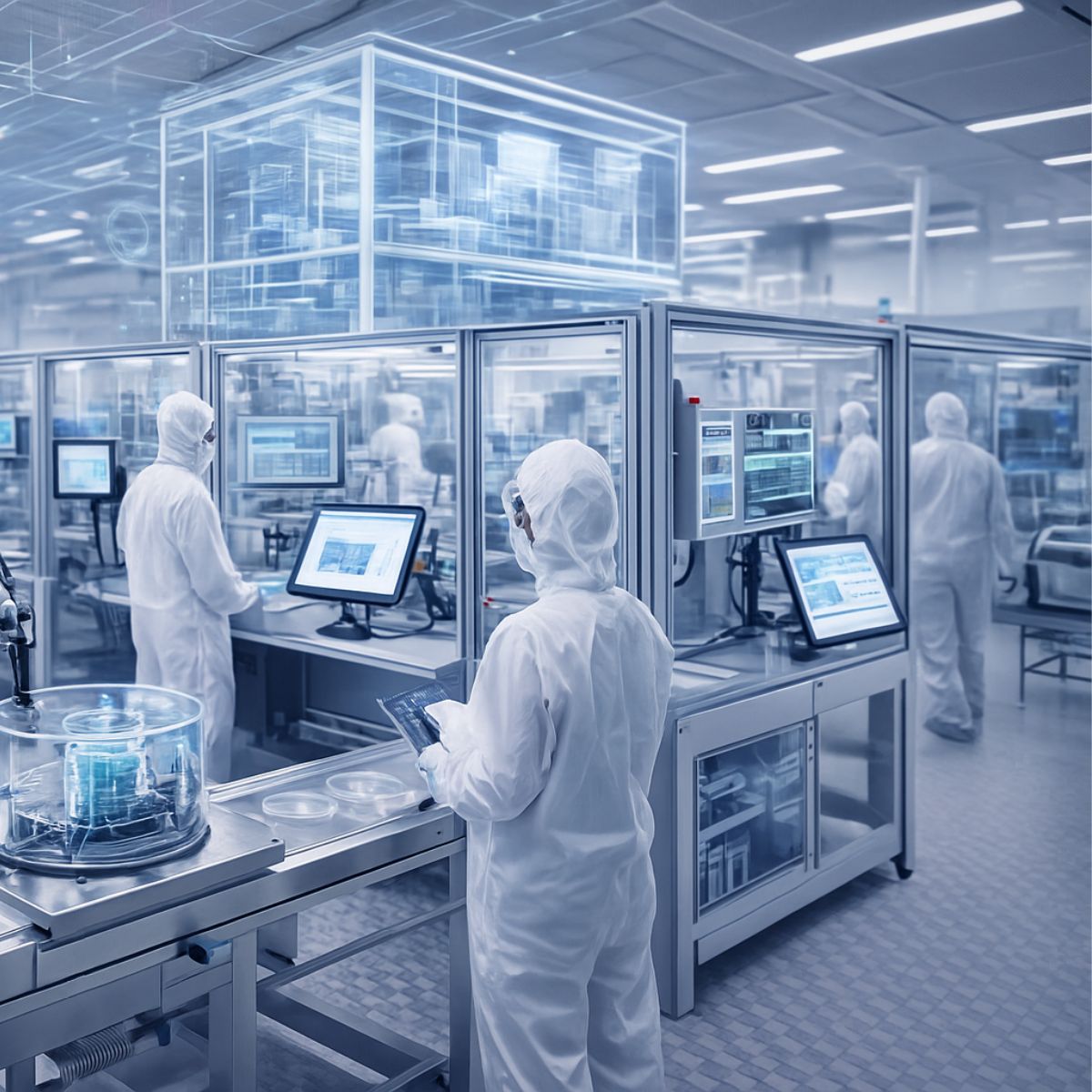Reading time: 4 minutes

Market Growth Accelerated by Converging Drivers
The total global market for Building IoT (BIoT) in commercial buildings is projected to grow from $64.1 billion in 2024 to $101.0 billion by 2030, according to the new report from Memoori “IoT Platforms in Smart Commercial Buildings 2025 to 2030”. This is representing a compound annual growth rate of 7.87% under their baseline scenario.
This growth is being accelerated by converging drivers, including ESG reporting requirements, stricter energy performance standards, carbon reduction mandates, and changing workplace utilization patterns. Property stakeholders are increasingly turning to IoT platforms to transform fragmented building data into actionable intelligence that drives operational efficiency, sustainability, and enhanced tenant experiences.
Key Market Trends
The analysis reveals several transformative shifts that will define the smart building landscape through 2030:
IT/OT Convergence: The traditionally separate domains of building operations and information technology are rapidly merging through cloud-based platforms that provide unified management of everything from energy systems to space utilization.
Modern Building IoT systems integrate both IT (e.g., cloud, analytics, cybersecurity) and OT (e.g., sensors, controllers, PLCs). An important advancement of the OT data integration is that the data, which is not only captured and transmitted, but also analysed utilizing IT platforms. Additionally the unified platforms enable centralized monitoring, control, and optimization across previously disconnected systems.
The convergence of IT and OT allows for real-time communication between devices and systems. This enables predictive analytics and automated control, such as adjusting HVAC based on occupancy detected by motion sensors. Furthermore, it supports event-driven responses, such as triggering alarms or initiating lockdowns in response to access control anomalies.
Open Architectures: The industry is moving from proprietary systems toward open, modular architectures that prioritize interoperability through standardized data models and API-first designs. This trend is promoting interoperability, flexibility, and innovation and has its impacts on IoT platforms.
An open architecture allows different systems and devices - often from different vendors - to communicate using standardized protocols like BACnet, Modbus, KNX, MQTT, or OPC UA. This eliminates the need for proprietary integrations and makes it easier to connect HVAC, lighting, access control, energy management, and other subsystems into a unified IoT platform. With an open architecture, building owners and operators are not tied to a single technology provider. They can mix and match best-of-breed solutions from different vendors, and replace or upgrade components without overhauling the entire system.
Although initial implementation may require careful planning, open architecture reduces long-term costs by making maintenance, upgrades, and integrations more straightforward and less reliant on proprietary solutions.
Hybrid Edge-Cloud Computing: Smart building IoT platforms are evolving beyond centralized cloud systems to sophisticated hybrid architectures that balance real-time control at the edge with portfolio-wide analytics in the cloud. By combining the strengths of both edge processing and cloud computing, this architecture enhances real-time responsiveness, scalability, reliability, and data intelligence in smart buildings.
Edge computing allows IoT devices and local controllers within the building to process data immediately, without needing to send it to the cloud. This supports time-critical operations such as HVAC control, lighting adjustments, security responses, and elevator management with minimal latency.
A hybrid setting enhances system reliability and resilience as essential building functions can continue operating even if the cloud connection is interrupted. For example, fire detection or access control systems can still function and respond appropriately, ensuring business continuity and occupant safety.
While edge devices handle immediate control tasks, the cloud is ideal for heavy data processing, such as historical analysis, predictive maintenance algorithms, and machine learning model training. This hybrid setup supports smarter energy optimization, fault detection, and usage forecasting.
AI-Driven Autonomy: Artificial intelligence is transforming buildings from basic automation to predictive and increasingly autonomous operations, particularly in energy optimization and space management. AI algorithms enable predictive maintenance. They analyse data from sensors, equipment, and historical records to predict when building systems like HVAC, elevators, or lighting may fail. This allows facility managers to schedule maintenance proactively, reducing downtime and lowering repair costs.
AI analyses patterns in occupancy, weather, equipment performance, and historical energy use to dynamically adjust heating, cooling, lighting, and ventilation. This results in significant energy savings and helps buildings meet sustainability goals.
The use of AI in IoT platforms enhances security and access control when it is used in video analytics, facial recognition, and anomaly detection to improve building security. It can automatically detect unusual activity, unauthorized access attempts, or safety risks, and trigger alerts or actions in real time.
Service-Oriented Models: The market is shifting from capital-intensive purchases to flexible, outcome-based subscription services that lower barriers to adoption while delivering measurable results. These models focus on delivering outcomes and ongoing value rather than just selling hardware or software, which aligns well with the needs of modern building owners and operators.
With service-based offerings, providers can continually update software, algorithms, and features over time. This ensures that buildings always operate with the latest capabilities without needing costly system overhauls.
The focus on delivering measurable outcomes, such as improved energy efficiency, reduced maintenance costs, or enhanced occupant comfort is another advantage of service-oriented models. This outcome-based approach makes it easier for customers to justify investment and track return on investment (ROI).
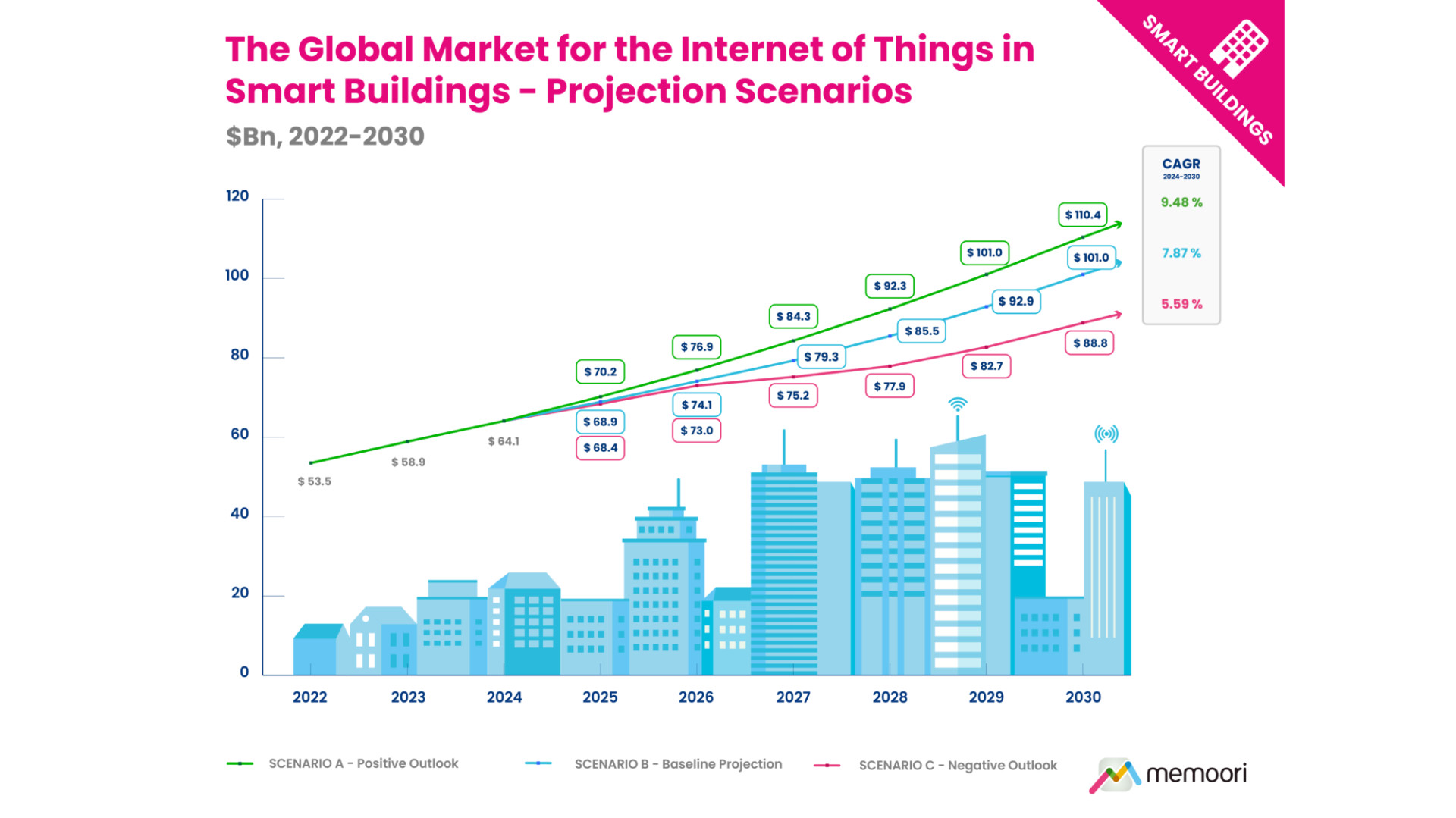
The competitive landscape
In addition to reflecting on the market trends, the Memoori “IoT Platforms in Smart Commercial Buildings 2025 to 2030” report provides a detailed analysis of the competitive ecosystem, including foundational cloud providers, data integration platforms, and specialized Building IoT solutions. The report identifies how major players such as Carrier, Delta, Honeywell, Johnson Controls, Schneider Electric, Siemens, Trane Technologies, and innovative startups are positioning themselves in this rapidly evolving marketplace. While the report conducted a broad and systematic survey of the market, it is important to note that the Ecosystem Map is not intended to include every single vendor. The report offers users a mapping of all IoT platforms, where Memoori has placed each platform into the segment that they assess best reflects its primary strategic positioning and platform functionality.

